Written by J.L. Caban
I recall, once upon an ancient time ago, sneaking into the world renowned Studio 54 one especially sultry summer evening in the year 1986; I, along with a couple of female friends that my mother set me up with (they being sort of high school interns at my mom’s workplace), decided to saunter on over to West 54th Street, between 8th Avenue and Broadway, to shake our groove things inside the Mecca of dance clubs in NYC in those days. Keeping in mind, this wasn’t quite the same Studio 54 in which movie stars, singers and other notorious artists came to let their proverbial hair down… that version of the establishment had, unfortunately for most denizens of the nightlife, fallen asunder, giving way to a revamped version now focusing on house and hip-hop, the musical genres that were, at the time, sweeping club-heads off of their feet. There was only one problem that fateful night – the night in which I stepped out onto the scene with my cohorts – and that was the amount of times the Earth had circled the sun since my birth… I was only fourteen years old, you see; not exactly the appropriate age for clubbing, even in those years of yore – in spite of the fierceness of my outfit, which consisted of black and electric blue bicycle shorts, a matching top, scrunched socks paired with a pedaler’s hat that coalesced with the azure of the shorts, a pair of black Reebok sneakers (the cyclist style being “in” at that particular period) – I would experience some trouble making my introitus… my entrance.
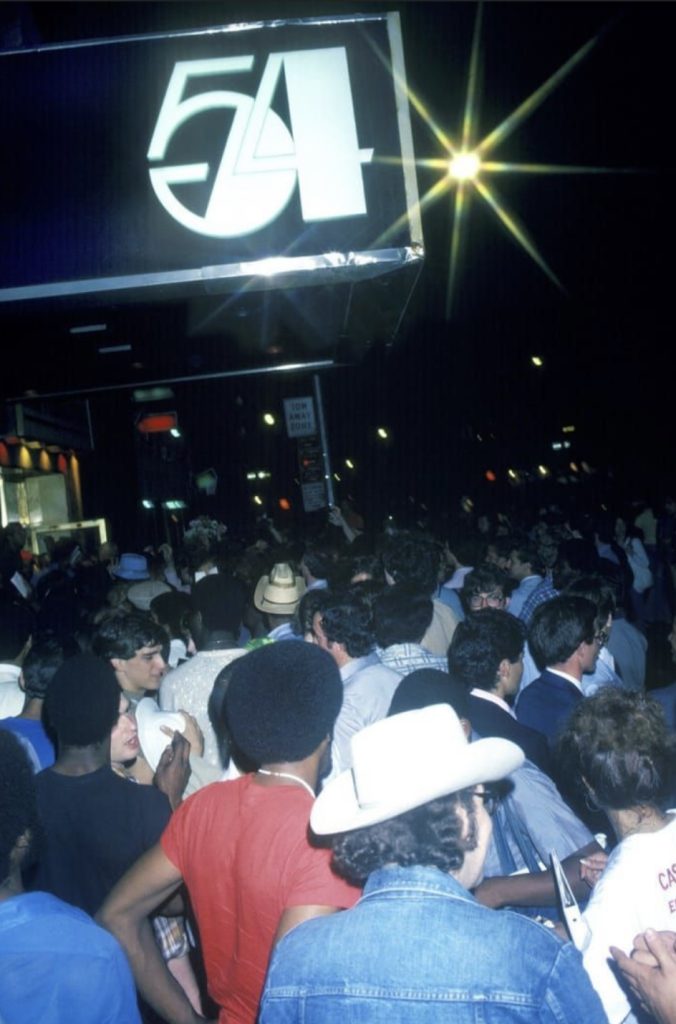
The aforementioned friends were also violators of the minimum age policy (they both being about 17); however, it was common practice to allow eye catching young ladies, albeit chronologically challenged, into nightclubs back then. The obstacle: how to get a fourteen year old little boy, who resembled something closer to about twelve, into the venue… the solution: my beautiful contingent of females brilliantly distracted the bouncer with a smile and twinkle of the eye whilst I slithered in behind them; and, just like that, we were in the middle of the dance floor, the thumping of the bass penetrating deep into our souls, Little Louie Vega on the wheels of steel (as the Technique 1200 turntables were once dubbed), pumping the classic tune, “Dum Dum Cry” by Masters at Work, one of the literal masters of Hard House. I watched in absolute heavenly bliss as Mr. Vega majestically performed his duties, utilizing four turntables at once, something that – at the time – I had never witnessed. Years later, I had the great fortune to shake hands with this icon in my own DJ booth, at a spot called “Circle Club,” in the Bronx, where I happened to be spinning that night, an experience that I will never forget as long as I breathe (not just because of my rendezvous with this creative genius, but because yours truly mistakenly offered him my left hand, instead of the socially accepted right… a blunder that he jovially corrected by stating, in his uniquely soprano voice, “Is your right hand broken?”).
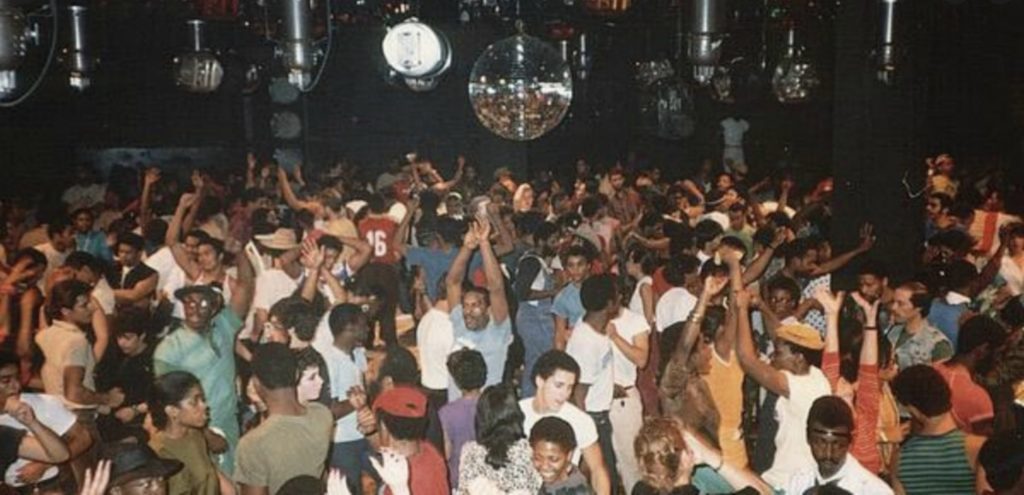
The House Music sound was still in its infancy stage back then, mostly an underground concept, not really making headway over the radio waves, with the exception of Saturday nights when a now defunct Hot 103, in NYC, would feature some of the leading DJs live and on location of the hottest clubs of the zeitgeist, Freddy Bastone, Scott Blackwell, and Glenn Friscia being a few of the frequent guests. What kept this magnificent and sui generis sound alive, above anything else, was the people. It was a topic of conversation at schools, on the streets, and, especially – mind you, no less significant – at my part time job at the “DJ Specialty Shop” on Castle Hill Avenue in the Bronx, NY, where, as a store clerk/Disc Jockey, I had an opportunity to mix the latest tracks in the DJ booth within the store. People adored this new vibration of the times, and it was, without question, no surprise that it caught like a proverbial wildfire. One couldn’t get enough of the stuff, it emanating from car stereos, boom boxes, at the beaches… everywhere! And everyone wanted to be a DJ back in those yester-years, too! Kids saved their allowances, exhausting the paltry paychecks from their part-time jobs, to purchase a pair of turntables, a mixer, and some speakers, filling milk crates pilfered from the rear of bodegas with wax, all with the hopes of emulating their heroes of the night (milk crates, for those uninitiated readers, serving as a holder for one’s records, a much more affordable option, as opposed to the more exorbitant ones at retail stores, for the upstart, rookie DJs).
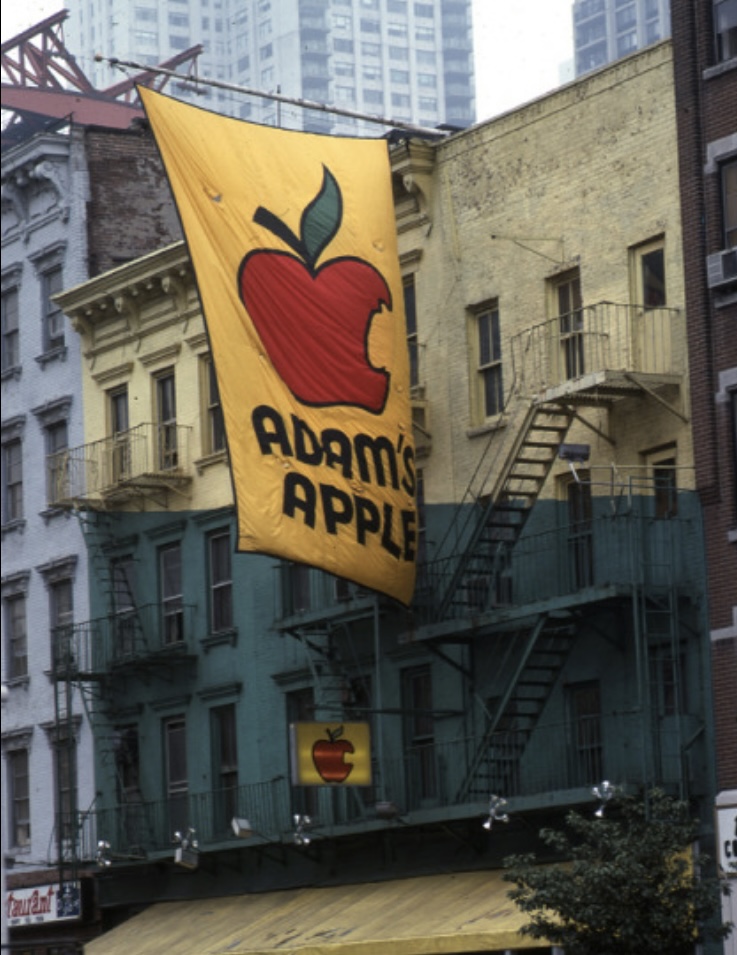
I distinctly remember the crowds of people that would gather in that previously mentioned tiny record store, as the music emanated through the speakers, their faces in awe at the sounds of the era… songs like “A Day in the Life” by Black Riot, “This is Acid” by Maurice, “Everybody, Everybody” by Black Box, and many many more. It was life. I must reiterate, the people made it what it was. If not for the passion that exuded from the depths of the souls within these followers due to this phenomenon, there would be no EDM today. Mega DJs and producers, such as the aforementioned Little Louie Vega, Todd Terry, Junior Vasquez, Larry Levan, David Morales, and even little old me – then known as DJ Joey Jamm – who had a tiny residency at the “Adam’s Apple” in NYC during the late 1980s and early to mid 1990s, kept the beats of Hard House, Deep House, Techno, Acid House, pumping out of the woofers.
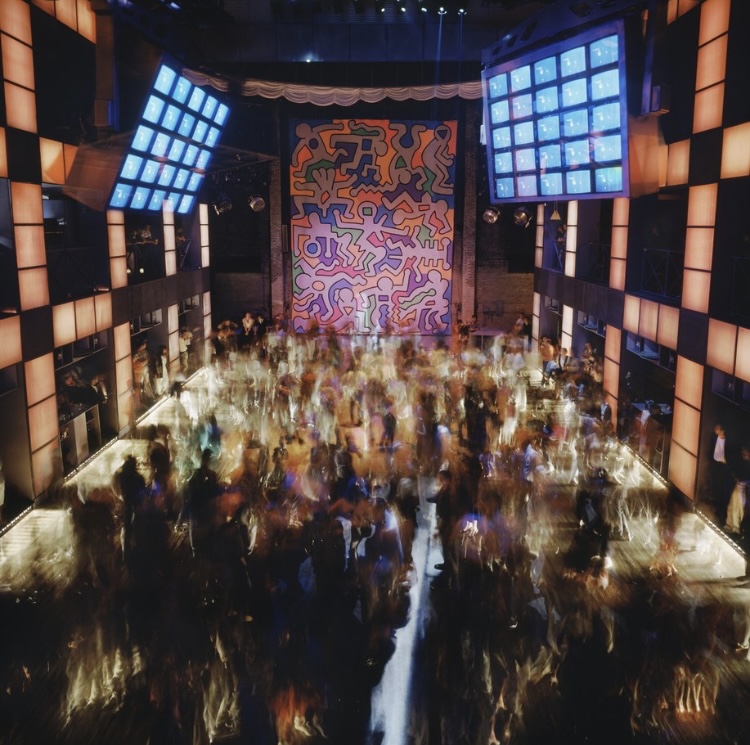
As the music grew in popularity, New York City venues such as “1018,” “Emerald City,” “Limelight,” “the Underground,” “the Tunnel,” “Palladium,” “Webster Hall,” “Roxy,” “the Castle” and “Devil’s Nest,” the latter two both in the Bronx, along with a slew of others made their presence felt amongst the industry (including the birthplace of house music at a little place called the Warehouse – whereat the genre later immortally dubbed as House Music, incidentally got its name… thank you, Mr. Frankie Knuckles, and may you rest in eternal harmonious peace). Record labels such as Gladys Pizarro’s “Strictly Rhythm;” Todd Terry’s “Warlock;” Sam and Mike Weiss’ “Nervous Records;” David Chang’s “Emotive label;” Bill Shannon’s “Bassline,” and a slew of others made their mark, providing essential underground hits that kept everyone’s hips and feet swaying to their undulations. The vinyl records went into the crates of DJs at insane rates of speed, always keeping the people on their toes, they never knowing what new sounds would come out of the speakers next. One of the many doubters of the movement who had no choice but to succumb to its will was my very own dad, Joe Caban, a NYC club owner (“Caramba” and “La Mariposa”) and promoter of numerous musical events focusing primarily on the Latin music industry, who eventually created a musical troupe called “In Production,” featuring the talents of a Latin Hip-Hop craze called “freestyle,” wherein an artist(s) would sing over the tunes of a house track. Artists such as Nayobe, Exo, Cynthia, Johnny-O, and the Cover Girls graced his stage, all eventually signing with the larger independent labels, such as Mickey Garcia’s “Mic Mac,” Aldo and Amado Marin’s “Cutting Records,” Sal Abbatiello’s “Fever Records,” and the like.
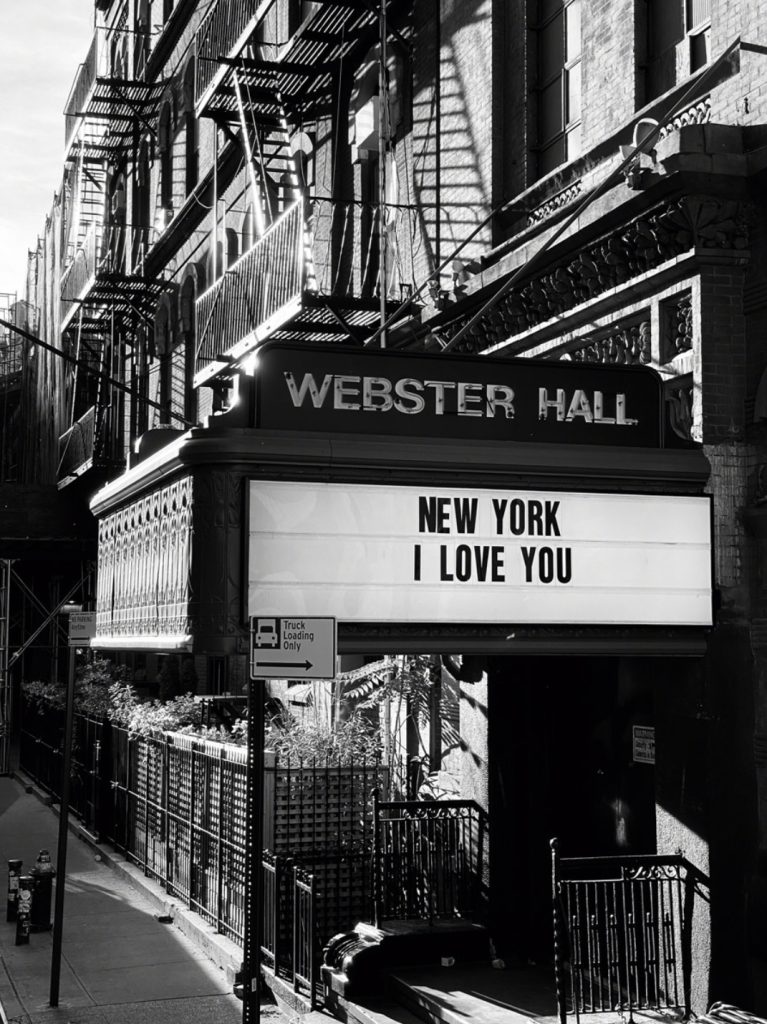
Many of the dazzling sound effects that one hears now, such as the swirling effect and other echoing effects, which are currently done by machines designed for that purpose, were, in fact, created by hand, from scratch, as it were, by utilizing two or more of the same record. I remember having bought several of the same songs (a pricey proposition for a young kid back in the days), with the very intentions of producing that effect, much to the pleasure of the audience who looked up at the Booth in bewilderment, wondering how in the world it was being done (the trick, by the by, was timing two or more records 1/16th, 1/8th, 1/4th, or ½ behind the other, subsequently placing multiple lines of the mixer open). As I mentioned, there are specific machines for that now, so the magic of the thing is somewhat in abstentia, even though the sound is still especially popular amongst the DJs.
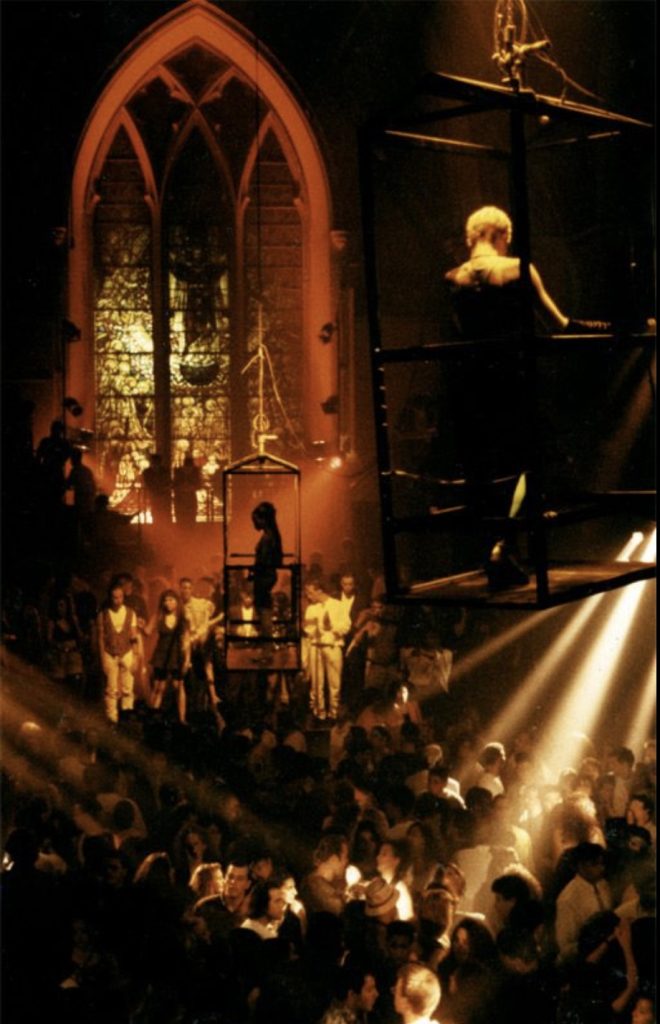
Although the fervor of House Music, for the most part, has diminished somewhat in the United States, with some slight exception in the more underground spots here and there, countries overseas have blessedly taken the torch, keeping this genre of music, rich in rhythm, melody and beats, alive. Countries such as Turkey, home to one of the leading DJ and producers, Elif (one of my favorites of the modern era); Tiesto, who hales from the Netherlands; Carl Cox, citizen of England; and so many more have, most skillfully, kept the magic alive. But we simply cannot… MUST not… ignore the fact that, if it were not for the giants of the past, our beloved House Music would, undoubtedly, be a faded memory; so, my dear readers, if, like myself, you’re an avid lover of EDM, Techno, and other variations of House Music, you just may want to spend some time listening to, and appreciating, the extraordinary legends who graciously paved the way.

The author of this piece, J.L. Caban, is a Puerto Rican-American writer who was born and raised in the Bronx, NY. He holds a Bachelor of Arts in Psychology and a Master of Science in Education from Lehman College and is a Brother of Kappa Alpha Psi Fraternity, Inc. His works include ‘Moving On,’ ‘Butterflies in Production,’ and ‘Sapphires in the Rubble;’ all available through Barnes & Noble, Amazon, and Target. – Barnes & Noble – Moving On – Butterflies in Production – Instagram – YouTube – Web – Sapphires in the Rubble

